Every tool and utensil in the cutlery world bears some utility. Each knife, every bevel, even the hole you see in the meat cleaver; provides significant value to its culinary master.
While you may be acquainted with the usual, everyday knife skills such as knife uses, knife care tips, and even how to choose the correct cutting board, you might still be skeptical and end up wondering why do meat cleavers have a hole. After all, no one would drill a hole in a splitter blade merely for fun.
This article aims to shed light on the very existence of these holes.
Why do meat cleavers have a hole?
- Holes provide easy access and safe hanging on the wall.
- Allows easy pulling when stuck through tough meat and bones.
- Lastly, holes are also drilled into cleavers for aesthetic purposes.
Table of contents
Why is there a hole in a cleaver?
Many knife theories have been formulated in the past that aim to explain why meat cleavers have a hole in them. Theorists have stated that the hole reduces friction, while others state that it is merely a signature mark left by the original maker.
These are merely myths, and we have jotted down three solid reasons why meat cleavers tend to have a hole down below:
Safe and easy access
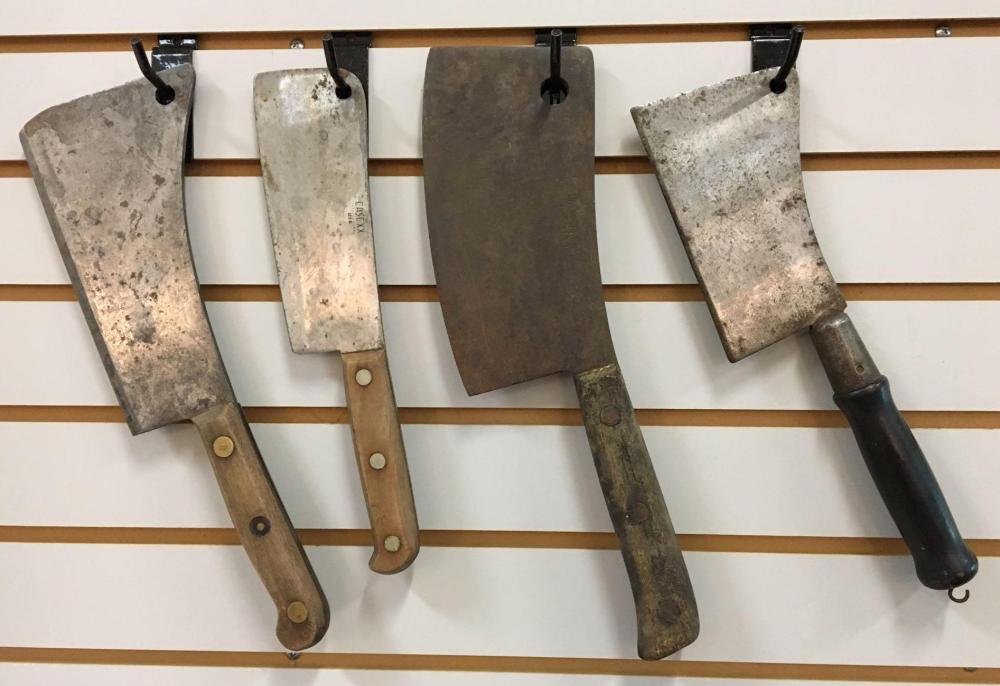
While cleavers can be stored in knife blocks and similar knife storage solutions, these options aren’t safest and the most convenient especially if you have children around. Most magnets or drawers aren’t made big enough to accommodate those bulky giants anyway.
Finding a convenient place to store them can therefore be a hassle. You don’t want them falling off the countertop or within the reach of tiny curious little hands. Similarly, you may or may not have a space big enough to dedicate to your meat splitter.
This is where the hole plays its due part. It allows knife users to safely and conveniently hang the knife on walls. The hole allows the cleaver to dangle on the wall such that the cutting edge remains stored safely and is easily retrievable. Lastly, butchers also use it to hang the cleavers on their belt during work.
Ease of pulling
Cleavers are true splitters that allow hacking through meats and bones. However, sometimes these heavyweight champions get stuck in tough sections of meat or bone. Instead of wasting your time wrestling the cleaver, simply use the hole.
To neatly pull free the cleaver from meat or bone, simply insert your finger in the hole and reinforce your grip. As you do this, you will be able to pull the cleaver free.
Aesthetics
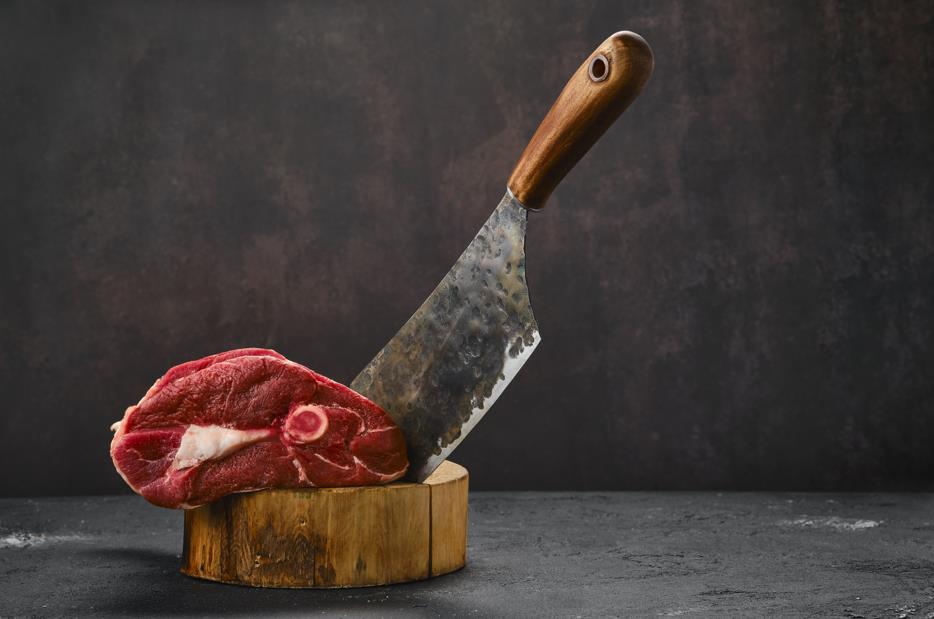
Let’s face it. Meat cleavers would look ugly and boring without their holes.
These holes have given a unique persona to the meat cleavers that allows them to stand apart from other knives. At the same time, it allows the cleavers to look stylish and gives their cutting edge beautiful aesthetic look like no other.
How to use a meat cleaver
We all know that cleavers are heavy and sharp knives that flawlessly cut through meats and bones. However, there are a number of other cleaver uses that you might be unaware of such as mincing, chopping and slicing, and even dicing.
Here are some of the ways you can use a meat cleaver:
Slicing, dicing and mincing
One of the lesser-known uses of a meat cleaver is that it can be used to slice and dice veggies as well. As a matter of fact, many hard-skinned fruits and vegetables such as butternut, squash and coconuts are sliced open with the cleaver.
Dicing vegetables is also easy with a cleaver. All you have to do is peel and trim your vegetables into flat surfaces and dice away in slicing motions. Lastly, you can also mince with the tool. All you have to do is chop your veggies and pivot your cleaver side to side in a rocking motion.
Food staples such as ginger and garlic can be crushed with the tool as well.
Sectioning chicken
While slicing, dicing and mincing is occasionally done with a cleaver, the knife user always picks it up to work their way through meats and bones as well as separate large sections of meat into smaller ones. An entire chicken can be cut away and sectioned, for instance, with the meat cleaver.
The long and sharp blade allows easy hacking through meat as well as slicing and trimming the fat and skin. On the other hand, the spine ensures that the poultry bones are cut through neatly and hassle free. Additionally, you can use the flat side of the blade to tenderize meat and even flatten meat sections such as thighs.
Scaling fish
While scaling a fish isn’t as easy as sectioning meat, it is still possible with the help of the handy meat cleaver. All you need to do is place your fish on the cutting board and run the cleaver blade up and down as you move about and scale the entire fish.
Cutting bones
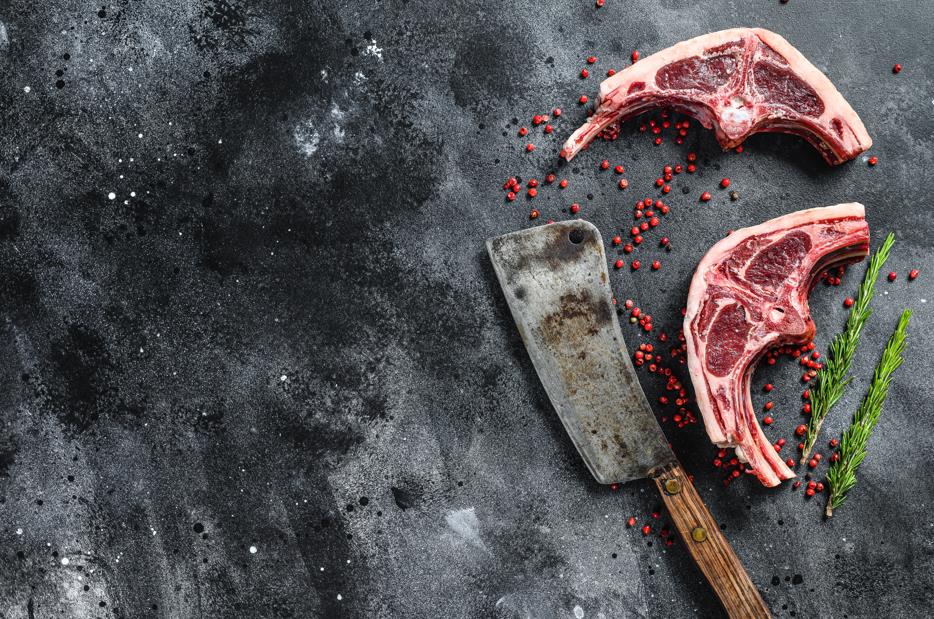
Meat cleavers encompass heavy, rectangular blades that use their weights for making massive blows through meat and bones. For cutting bones with a cleaver, simply position your hand on the cleaver handle and push down on the tool to chop through.
For added control and force, place your fingers on the cleaver hole whilst making a blow. Similarly, if the cleaver gets stuck in a frozen meat piece or simply a tough section of the bone, insert your finger in the hole to reinforce your grip and pull through.
How to take care of a meat cleaver
Like other kitchen utensils, meat cleavers need to be taken care of. Otherwise, you might end up damaging your workspace, or even the cleaver blade. Other mishaps may also occur such as ending up damaging other knives while attempting to clean them altogether in the dishwasher.
In essence, taking care of a meat cleaver involves two major aspects: cleaning and sharpening.
Cleaning
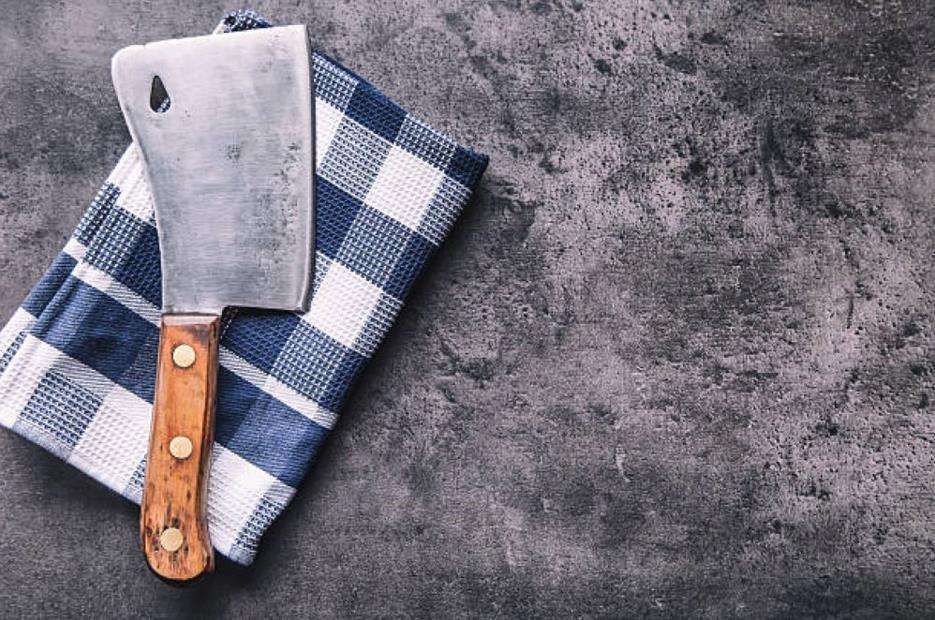
In order to maintain your cleaver for a longer time, make sure that you protect its blade during cleaning. Fundamentally, the best way to clean a cleaver is to wash it in warm, soapy water with your hands. Once done, pat dry with a clean towel to avoid rusting.
Do not put it in the dishwasher as the high temperature and moisture will end up ruining the cleaver blade and handle. All the more, placing the cleaver together with other knives in the dishwasher will ruin other knife blades as well.
Sharpening
Every culinary expert knows that knives are only as good as their level of sharpness. If a knife is not sharp enough, you’re only wasting your time and energy. Moreover, dull blades are a recipe for disaster and mishap. This is why you need to keep your cleaver sharp.
Sharp cleavers ensure your meat and bone splitting business runs at par. They also ensure that you are able to make precise and intricate cuts as and when needed.
The best way to sharpen your meat cleaver is by using a whetstone. Sharpening a cleaver using a whetstone is ideally done at an angle between 20-30 degrees. When starting off to sharpen your cleaver, decide whether it requires profiling first.
Cleaver profiling allows giving an overall shape to the knife blade and removes burs. Dull and damaged blades usually require such profiling.
There are other ways to sharpen your cleaver as well, such as using a manual knife sharpener, electric knife sharpener, etc. You may learn more about these methods here.
How to store?
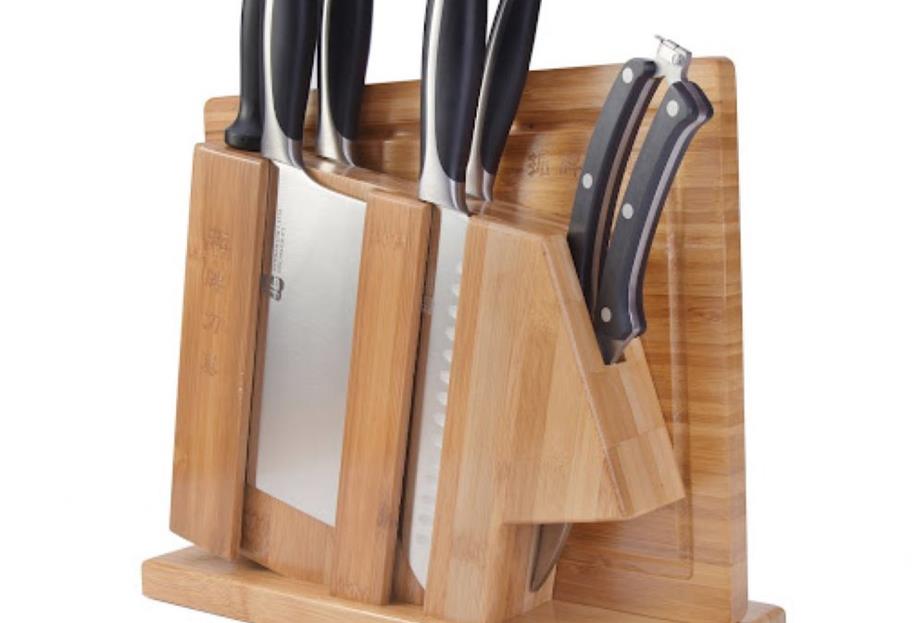
While the best way to store a meat cleaver is by using its hole to hang on the wall, it is not the only way. Proper knife blocks that have dedicated cleaver blocks can be used to store your meat cleaver whilst allowing easy protection of the blade.
There are other options as well, such as storing them away in a drawer, using magnetic blocks or even sheaths. However, they are not the most convenient or safe option. Find out what knife storage options are available and choose the one that works best for you.
Conclusion
Alas, finally you know the reason why your meat cleaver fancies a hole. Now that you are aware of the reason yourself, you might want to use it for its destined purpose if you aren’t already. Find a decent spot and go hang your precious meat splitter!
If your meat cleaver, however, is damaged or you’re simply looking to buy another, discover our hand forged meat cleavers here.









